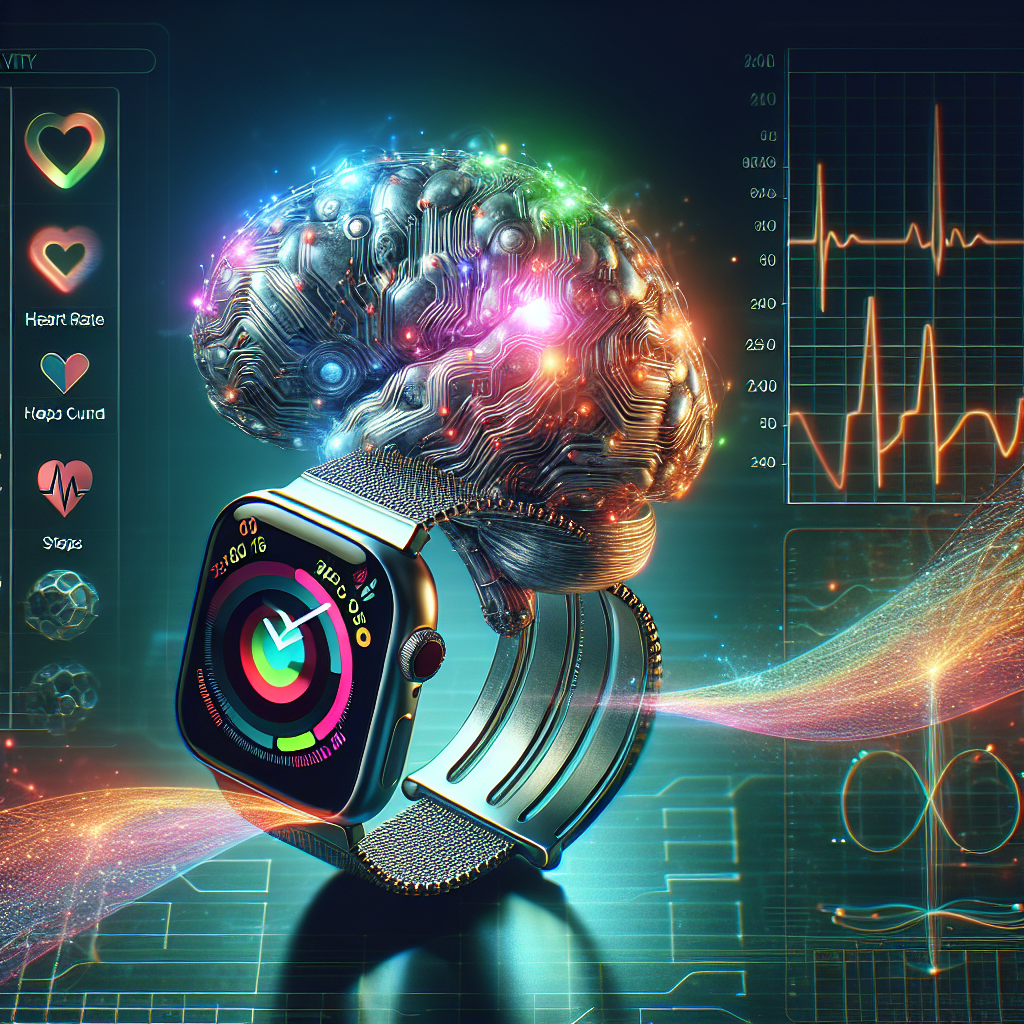How Apple Watch Data Improves Health Forecasting
Transition from Raw Data to Behavioral Analytics
The Apple Watch has transformed personal health tracking through sophisticated sensor technology. Nonetheless, recent academic findings indicate that behavioral data sourced from the Apple Watch—such as exercise routines, cardiovascular health, and mobility indicators—might provide deeper insights into an individual’s health compared to raw sensor data by itself.
Apple’s Health Projects and Joint Research
Through the years, Apple has participated in numerous health-oriented research endeavors, tackling topics from menstrual health to auditory impairment. One prominent initiative is the Heart and Movement Study, which investigates the training regimens and cardiovascular activities of athletes, including marathon runners. This effort is part of Apple’s larger goal to improve cardiovascular wellness via technology.
The Wearable Health Behavior Foundation Model (WBM)
The recent Apple-backed research, “Beyond Sensor Data: Foundation Models of Behavioral Data from Wearables Improve Health Predictions,” presents the Wearable Health Behavior Foundation Model (WBM). This framework utilizes behavioral data from wearables, trained on a vast dataset encompassing 162,000 participants and exceeding 15 billion hourly data points.
Benefits of WBM Compared to Conventional Models
The WBM model stands out by employing 27 interpretable HealthKit metrics—such as physical activity duration, standing duration, and heart rate readings—selected for their correlation with physiological health statuses. These derived metrics offer a more intricate understanding of health, surpassing conventional detection techniques that depend solely on raw sensor readings.
Evaluating WBM Against PPG Models
In comparative evaluations, the WBM surpassed the conventional PPG (photoplethysmograph) model in forecasting stable health states, including beta blocker usage, and fluctuating states such as pregnancy. However, the PPG model proved more adept at predicting conditions like diabetes, where physiological data is essential.
The Integrated Approach: Merging WBM and PPG
Researchers found that a hybrid model that incorporates both WBM and PPG data results in enhanced predictive accuracy. While WBM excels at recognizing behavior-based patterns, PPG monitors immediate physiological alterations, rendering them complementary tools for thorough health surveillance.
Practical Consequences for Apple’s Health Technology
The findings from this research imply that Apple could adopt this hybrid strategy in its health technology, potentially improving the functionality of Apple Watch sensors such as PPG or ECG. As Apple continues to advance health features, these improvements may lead to more accurate health forecasts and better user experiences.
Conclusion
The fusion of behavioral data with traditional sensor metrics signifies a notable leap in personal health tracking. By tapping into the advantages of both WBM and PPG models, Apple can deliver users a more thorough and precise insight into their health, thereby revolutionizing personal healthcare.
Q&A Session
Q1: What is the primary benefit of utilizing behavioral data instead of raw sensor data?
A: Behavioral data yields more relevant insights into health statuses by concentrating on patterns and activities rather than merely raw data, facilitating superior predictions of both static and fluctuating health conditions.
Q2: How does the Wearable Health Behavior Foundation Model (WBM) operate?
A: The WBM employs 27 HealthKit metrics derived from raw sensor data to forecast health states, exceeding traditional approaches that depend solely on sensor data.
Q3: What advantages does a hybrid WBM + PPG model offer?
A: The hybrid model merges the benefits of both behaviorally driven insights from WBM and physiological changes identified by PPG, leading to more precise health predictions.
Q4: In which aspects did WBM surpass PPG models?
A: WBM was more successful in predicting stable health states like beta blocker consumption and transient states such as pregnancy, where behavior plays a crucial role in prediction.
Q5: What consequences does this research carry for Apple’s future health technology?
A: Apple could enhance its health technology by employing a hybrid strategy, providing more accurate health tracking and predictions through better integration of behavioral data and sensor metrics.